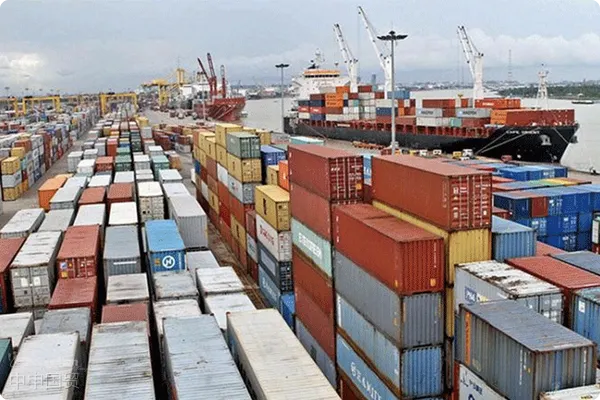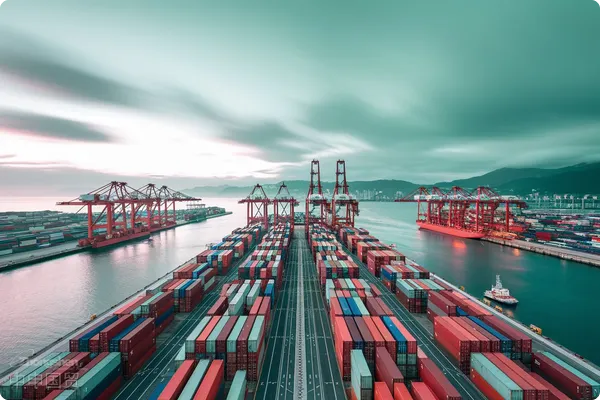- Shanghai Zhongshen International Trade Co., Ltd. - Two decades of trade agency expertise.
- Service Hotline: 139 1787 2118
With the development of carbon markets and climate policies, carbon tariffs, carbon quotas, and carbon credits have become important concepts. Understanding the differences between them and the process of cross-border conversion is crucial for enterprises to ensure compliance in international trade.
Conversion and linkage between domestic carbon emissions and international carbon markets:
Under the Carbon Border Adjustment Mechanism (CBAM), domestic enterprises must use reports from EU-recognized third-party verification bodies to determine payable carbon tariffs. In China, reports from verification bodies accredited by China National Accreditation Service for Conformity Assessment (CNAS) may theoretically gain EU recognition through mutual recognition mechanisms. However, specific calculation standards and requirements from EU member states still need clarification.
Carbon tariffs are a pricing mechanism tied to importing countries carbon markets, with calculation methods and customs procedures completed in the importing country. Carbon quotas are part of mandatory carbon trading systems where governments allocate emission allowances to regulated entities. Carbon credits operate in voluntary carbon markets for offsetting or compensating emissions.
Carbon tariffs, quotas, and credits are crucial pricing mechanisms in carbon markets. International traders must understand their differences and comply with relevant regulations. For Chinese exporters, understanding cross-border conversion processes and identifying EU-compliant verification bodies ensures compliance and competitiveness. As CBAM develops, understanding carbon tariff policies will provide critical opportunities for maintaining competitive advantage in global trade.
Carbon tariffs, carbon quotas, and carbon credits are important pricing mechanisms in the carbon market. Enterprises engaged in international trade need to understand the differences between these concepts and comply with relevant regulations and requirements. For Chinese export enterprises, understanding the cross-border conversion process and finding third-party verification agencies that meet EU requirements are crucial to ensure compliance and competitiveness. With the gradual establishment of CBAM, understanding and responding to carbon tariff policies will provide significant opportunities for enterprises to maintain competitive advantages in international trade.
Related Recommendations
Learn
Contact Us
Email: service@sh-zhongshen.com
Related Recommendations
Contact via WeChat

? 2025. All Rights Reserved. Shanghai ICP No. 2023007705-2  PSB Record: Shanghai No.31011502009912
PSB Record: Shanghai No.31011502009912








